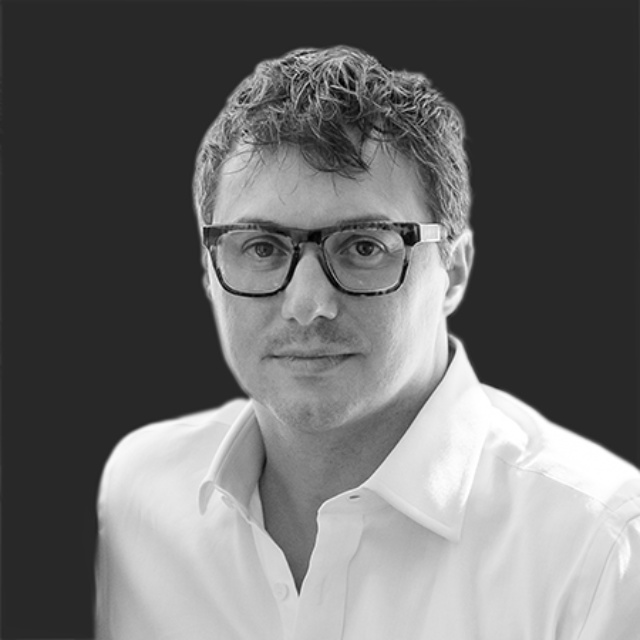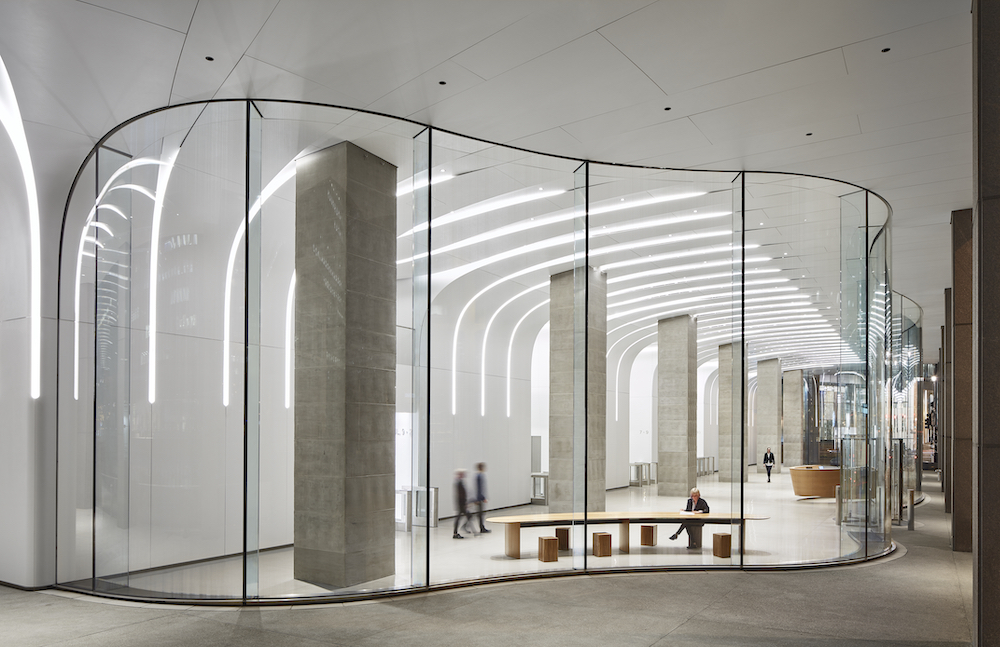
On September 27, The Architect’s Newspaper is returning to the Great Lakes for the sixth time to host Facades+ Chicago. The city is no stranger to architectural innovation, pioneering steel-frame construction, and the curtain walled skyscraper. The conference is, in effect, an appraisal of the most recent projects and research that keep Chicago ahead of the curve in architectural design and technology.
Participants for the conference symposium and workshops are leading practitioners based in Chicago and the Midwest, including Brininstool + Lynch, the Chicago Department of Buildings, Gensler, Heitman Architects, Krueck + Sexton Architects, the Passive House Institute US, Sentech Architectural Systems, Sterling Bay, Thornton Tomasetti, and WJE.
Edward Peck, managing director of Edward Peck Design and a facade expert with decades of experience, collaborated with AN as co-chair of the conference to curate the program and will also present on the panel “Ongoing Advancements in Glass Technology: From Smart Coatings to Connection Design,” which will be expanded upon as an afternoon workshop. In this interview with AN, Peck discusses the themes and objectives of the upcoming conference.

AN: Research and Innovation are at the forefront of this year’s conference in Chicago. What lessons do you hope will be garnered by the audience?
Edward Peck: Correct. At this conference, we want to draw the connection between the two. To innovate, one needs to invest time and effort into Research (R&D). We are a profession where every project is a prototype yet we find ourselves with less and less time for the integration of Research and Advanced Analytics but to build meaningful architecture that is inspirational, sustainable and resilient we will need to find better ways to perform and collaborate on Research and new Innovations to meet the environmental challenges of today and tomorrow.
AN: How are firms in Chicago impacting design across the country and perhaps globally?
EP: Architects in Chicago have a rich history for impacting architecture and urban conditions globally. We have a collective body of progressive work around the world-leading innovations in sustainability, performance and structural force pushing towers to new heights. With this comes a body of innovative engineers that are our primary collaborators on these projects enriching the entire practice of architecture and enabling Chicago to maintain our position as a critical thought leader in progressive architecture.

AN: What do you perceive to be the most interesting design trends within Chicago today?
EP: I try to stay away from trends. One needs to focus on the building’s performance; both its impact on the environment and the user while understanding its urban or contextual integration. If these conditions are your focus your work will transcend trends. I believe the Trumpf Smart Factory, a featured project at this conference does that; it is focused on its program while also exhibiting the values and capabilities of Trumpf as a company.
AN: Facade materials are undergoing a significant evolution due to advanced research. Are there any specific materials we should be paying attention to?
EP: I think smart or dynamic building skins and systems are worth paying attention to – There are a lot of products that are now moving into their second generation making them more attractive and feasible in the market. Buildings must perform in a wide range of conditions, systems that can adapt or transition within this range will undoubtedly be integrated into future designs.
Further information regarding Facades+ Chicago can be found here.





